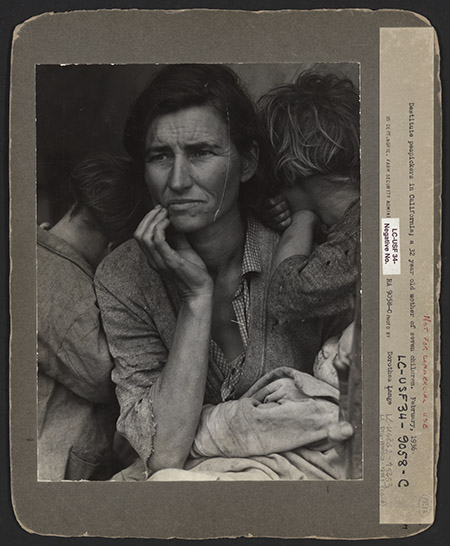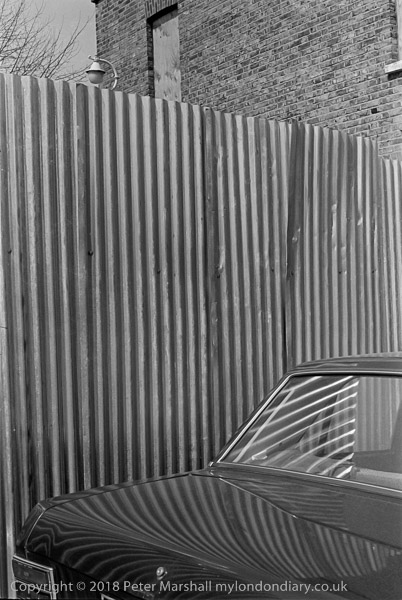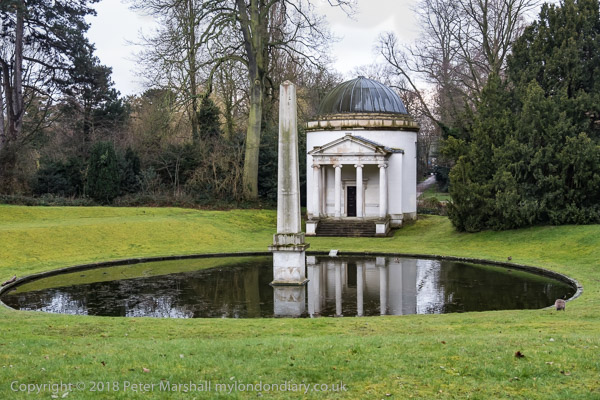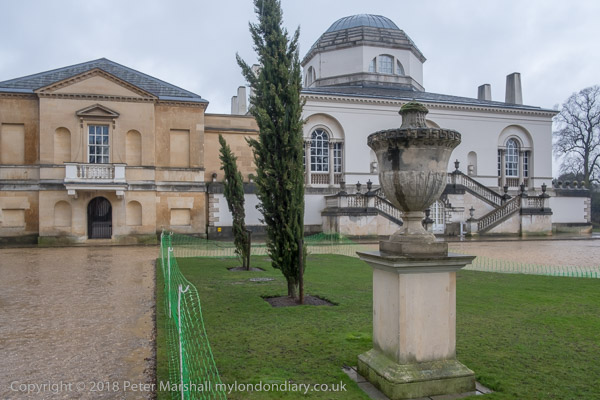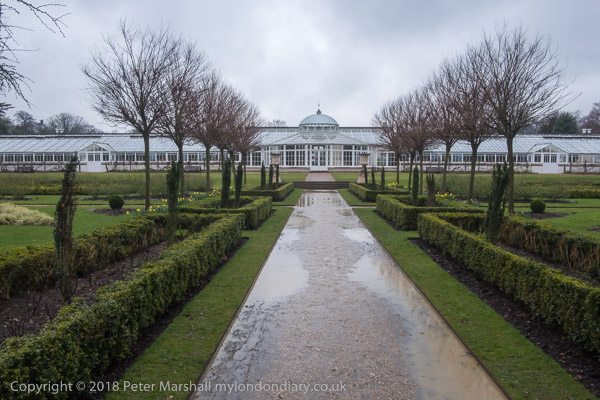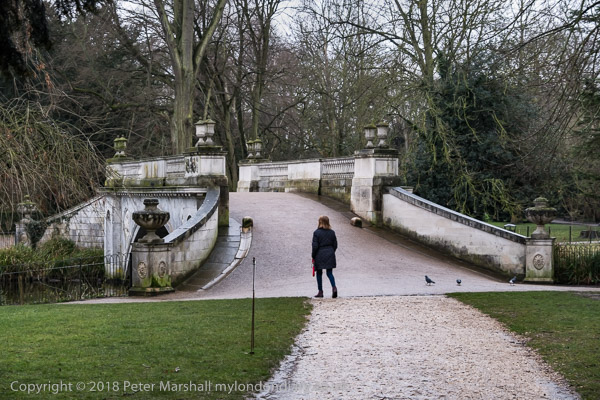PetaPixel recently published an article by wedding photographer Andy Hudson with the title Lightroom Sucks: An Open Letter to Adobe in which he goes through a number of the problems – mainly fairly minor niggles – that he has with Adobe’s Lightroom software.
I’m not an uncritical user (my wife says of anything…) and there are a lot of things I would like LR to do better, but for me it’s still the best of the bunch and seems to show some improvement with virtually every new upgrade. A recent one which made the ‘Auto’ button in the Develop module work so much better has cut down the work needed considerably, though there are some types of high contrast images it consistently gets very wrong.
There was one fairly disastrous upgrade recently, so buggy that Adobe had to replace it at short notice, but other than that I’ve had no real problems with the upgrades. I’ve tried some of the alternatives over the years and have not found anything yet that suits me better.
One big advantage for me is that for my subscription – about £10 a month – I also get the latest version of Photoshop. It isn’t a program I use a great deal now, but there are some things it can do that I need, and the old version I actually owned wasn’t always up to the job. Photoshop also gets new and improved features, though nothing in recent updates that really makes a lot of difference.
Where I am in full agreement with Hudson is that it would be good for Adobe to spend rather more time on sorting out bugs and issues and concentrate on this rather than new features. It would be good too if they could improve the speed, but I suspect any really useful improvement could only come from a complete change in the way it is written and developed, really going back to square one.
My computer which runs LR is now antique in computer terms, bought in 2011, seven years ago. It beats the minimum specification but with Windows 7, an Intel i5-2500 CPU at 3.30GHz and only 8 Gb of memory it isn’t as fast as I’d like. So sometimes I do find myself waiting a few seconds for the screen to reflect a change I’ve made.
So far, the hassle of re-installing everything on a new machine has put me off upgrading, though at some point I will have to do so. I’d expect LR to be a bit nippier when I do.
One thing that makes LR easier to bear is that I don’t rely on it to do an initial edit of the pictures I’ve taken. It is agonisingly slow at going through perhaps 500 pictures on a memory card, even with a USB 3.0 card reader. Some years ago I tried out FastPictureViewer Professional, which claims to be the fastest image viewer in town and also features:
“full color management for faithful color rendition, instant zooming to 100% and back, to check for sharpness, instant RGB histogram to evaluate the exposure, instant lost shadows / highlights view to see where the blocked-up shadows and burned-out highlights zones are located and their extent, and instant EXIF shooting data at a glance”
As well as selecting the images you want, FPV can also give your pictures a star rating that LR understands – and you can use this to select them, and you can export them either as you go through them or as a batch.
It’s software that solved the worst of my speed problems with LR – but it is Windows only. Possibly there is an equivalent for Mac users, though I doubt if it will quite match FPV, which claims to let you review up to 4,000 pictures an hour – surely enough even for the most profligate wedding photographer. And for the same money you can still get a rather faster machine using Windows than Mac. Macs have their good points, but value for money generally isn’t one.
FPV can actually do considerably more than I’ve suggested, including an IPTC editor and lots of other stuff – like using your camera tethered, none of which I’ve really explored, though I expect some features could save me even more time. It has become my default image viewer for almost any kind of image file. Now costing around $50 it has kept my sanity. Probably. So highly recommended – and I don’t get a penny for saying so.
I suspect some of the problems I do have with LR are ones that I could solve if I really read the on-line help and found out how to do things properly. But things have to be seriously impossible before I turn to the help.
The most annoying thing for me happens when going through a number of images to refine my selections (once imported into LR and previews have been made I don’t find this too slow) If I’ve held the arrow key down for too long (often a momentary sleep after a long day and a few glasses) LR starts going though tens or hundreds of images after I’ve taken my finger off instead of simply moving to the next image as intended.
I’ve found no way to stop this (though it shouldn’t be too hard to change the programme to avoid) but at least it doesn’t usually move the film strip and if I click on the image I wanted to move to it will finally jump back to this. But for a minute or so there is just nothing I can do other than watch and curse.
I’d also like to be able to lock the sort order of the image. Usually I want it to be date ascending and set it to this, but after various selections and exporting etc it generally changes to some order based on these operations. Perhaps someone somewhere thought this was a good idea, but I don’t.
It would be nice also to be able to change the sort order when in the develop module, rather than have to go back to the Library module, but that’s a minor gripe.
I only suffer from a few of the problems that Hudson describes, mainly that there are sometimes a few seconds wait for the display to catch up with what I’m doing. Several I’ve yet to encounter – changing catalogues for example have never given up on me.
I do have a problem with loading images from LR to Photoshop, but the reason is not a LR problem but simply that PS is too slow to load. The simple solution is always to have PS already loaded when you want to export an image from LR.
We’d all like every piece of software to work better, but I do feel that Hudson is going a little over the top. Though perhaps I’ve just been luckier than some, and I do wonder if Mac users may have more problems.
At the bottom of the article is a poll – and I voted ‘I use it and it’s ok’, which turned out at that point to be the majority view.
Thank you for voting!
I use it and it’s perfect 5.95% (155 votes)
I use it and it’s okay 37.12% (967 votes)
I use it and it’s bad 25.87% (674 votes)
I use it and it’s horrible 11.67% (304 votes)
I switched to something else 14.4% (375 votes)
I’ve never used it 4.99% (130 votes)
I think it would be fairer to discount the votes of those who are not current users, which on the results below would leave 2097 votes. Of these, 1122 thought it OK or perfect (53.5%), which is a rather low satisfaction figure, and ought to worry Adobe. Of course those who are happy with LR are probably rather less likely to read to the end of the post and less likely to vote than those who are dissatisfied.
